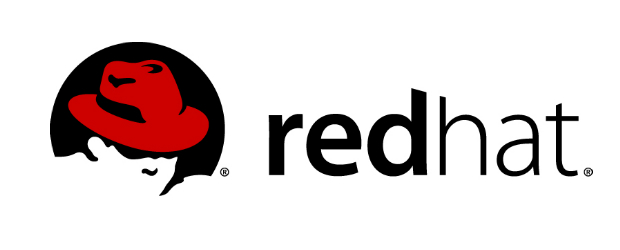With the release of Red Hat Enterprise Linux 7.4, the open source pioneer is offering new automation capabilities designed to limit IT complexity while enhancing workload security and performance for traditional and cloud-native applications.
The strategy behind this new update from Red Hat is based on the many changes happening with traditional physical servers, virtual machines to next-generation cloud and container services. Red Hat is saying the operating system serves as a critical linchpin in connecting deployment footprints across the enterprise and Enterprise Linux 7 is being positioned to act as this keystone by pairing open source innovation with enterprise-grade stability, providing a foundation for digital transformation while still maintaining existing systems and workloads.
Enterprise Linux 7.4 also has new security features. Red Hat has included new features designed to foster a more secure production environment for mission-critical workloads, both cloud-native and traditional.
This includes:
- Updated audit capabilities to help administrators filter the events logged by the audit system,
- USB Guard, a feature that controls how plug-and-play devices can be used,
- Enhanced container security functionality with full support for using SELinux with OverlayFS helps secure the underlying file system and provides the ability to use docker and use namespaces together for fine-grained access control.
According to Red Hat, modern business applications require more bandwidth and increased storage, placing a performance strain on traditional operating systems and hardware. Engineered to meet the needs of organizations seeking to both modernize and optimize their enterprise IT infrastructure, Red Hat Enterprise Linux 7 offers new features designed to improve the performance of both networking and storage.
New features include:
- Support for NVMe Over Fabric helps to provide customers with increased flexibility and reduced overhead when accessing high performance NVMe storage devices located in the data center on both Ethernet or Infiniband fabric infrastructures.
- General enhancements to Red Hat Enterprise Linux’s performance when deployed on the public cloud, highlighted by decreased boot times to better enable mission-critical applications to start sooner, and support for the Elastic Network Adapter (ENA) on Amazon Web Services (AWS) to enable new network capabilities.





